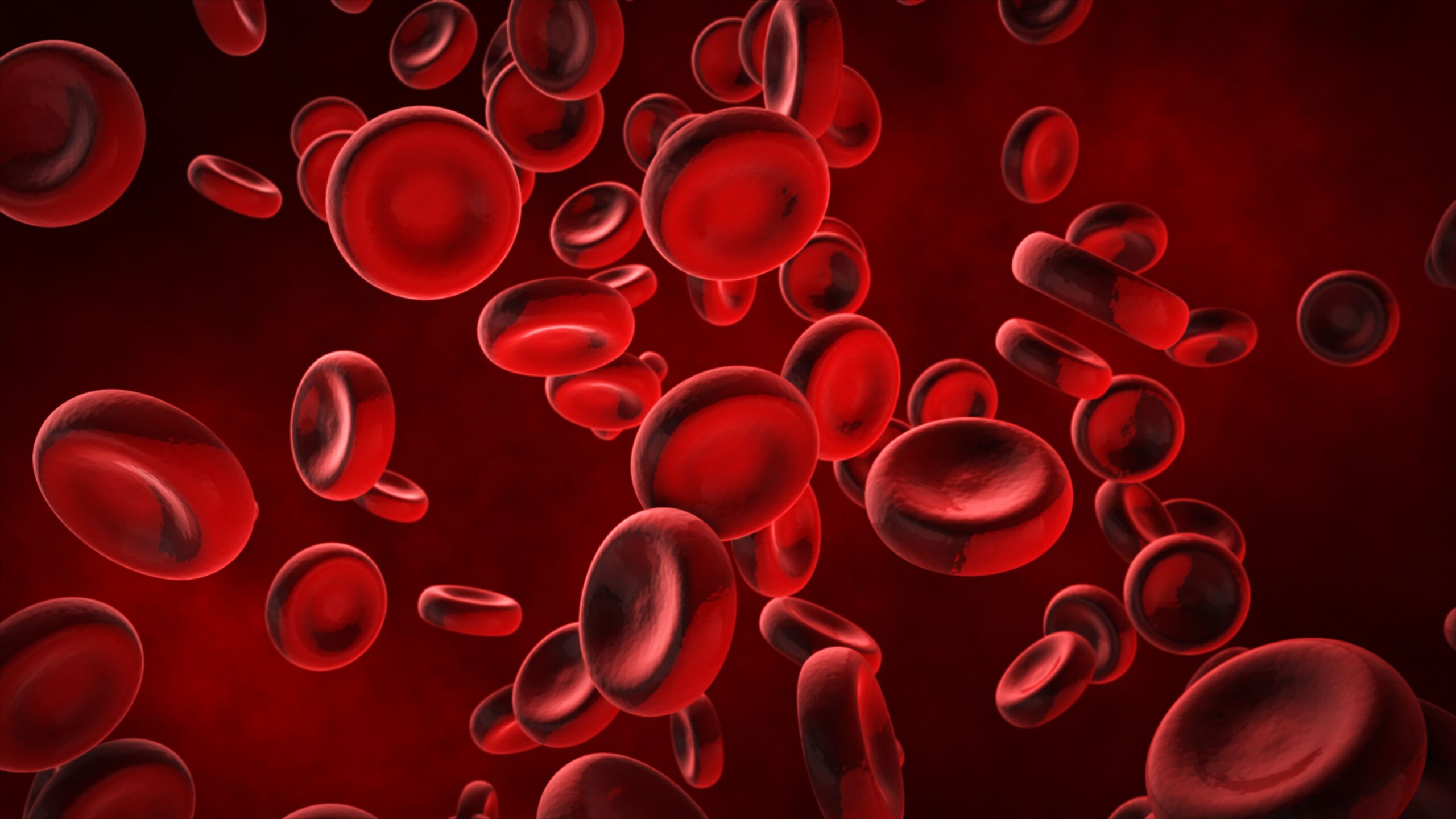Lando Norris can take a significant stride towards the driver’s championship in Brazil, after winning the sprint race and securing pole in qualifying.
It’s been a weekend to forget so far for his McLaren teammate Oscar Piastri, who crashed out…

Lando Norris can take a significant stride towards the driver’s championship in Brazil, after winning the sprint race and securing pole in qualifying.
It’s been a weekend to forget so far for his McLaren teammate Oscar Piastri, who crashed out…

FT: Wales 28-52 Argentina
Gwyn Jones
Former Wales captain on S4C
Steve Tandy and his coaches know that Wales have to improve defensively. You can’t concede over 50 points at home.
Jac…

A case has been registered against Khyber Pakhtunkhwa Chief Minister Sohail Afridi under the Prevention of Electronic Crimes Act (PECA).
The National Cyber Crime Investigation Agency (NCCIA) filed the case, with a…

The world has changed dramatically in the decade since leaders celebrated a historic climate agreement in Paris a decade ago, but not quite in ways they expected or wanted.
Earth’s warming climate has gotten nastier faster than society has been…

Princess Anne was notably absent from this year’s Remembrance Sunday service, as she…

An increased rate of immune-related adverse events (irAEs) was found in patients with

It was a night of fresh faces at Saturday Night Live. In the illustrious half-century-and-counting history of the variety series, there have been a shocking lack of female stand-up hosts. Even during the height of the stand-up boom in the 80s and…